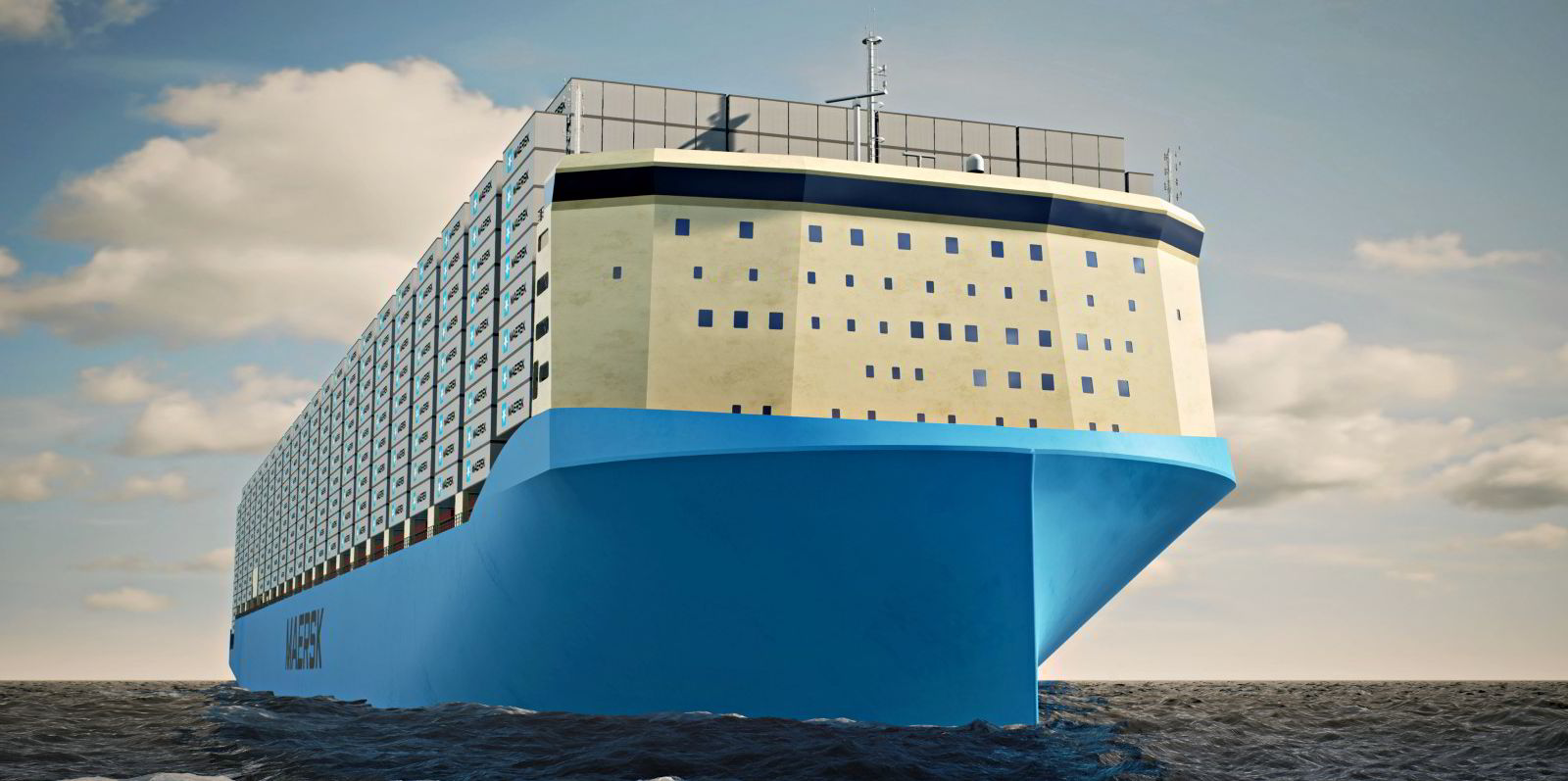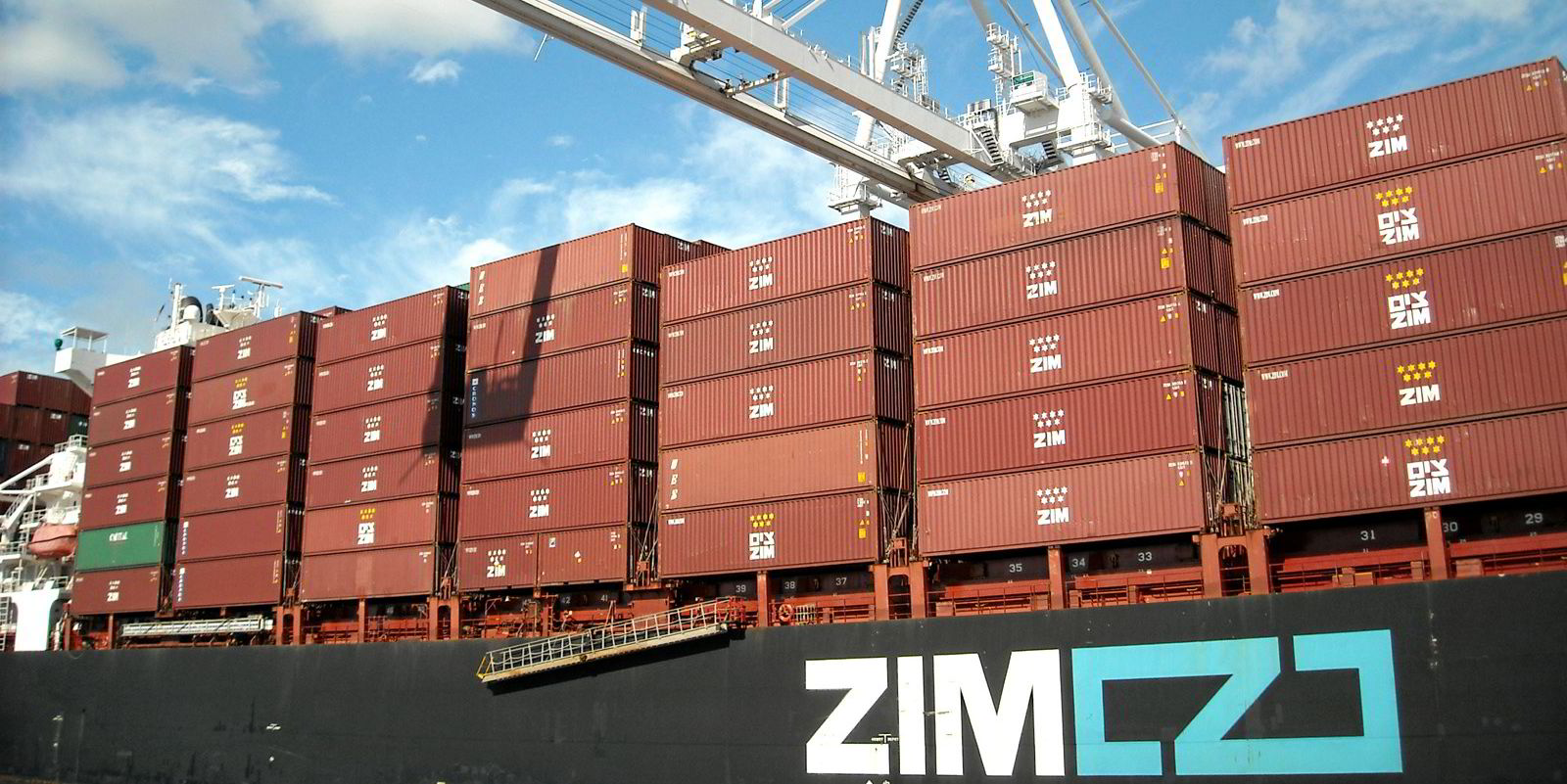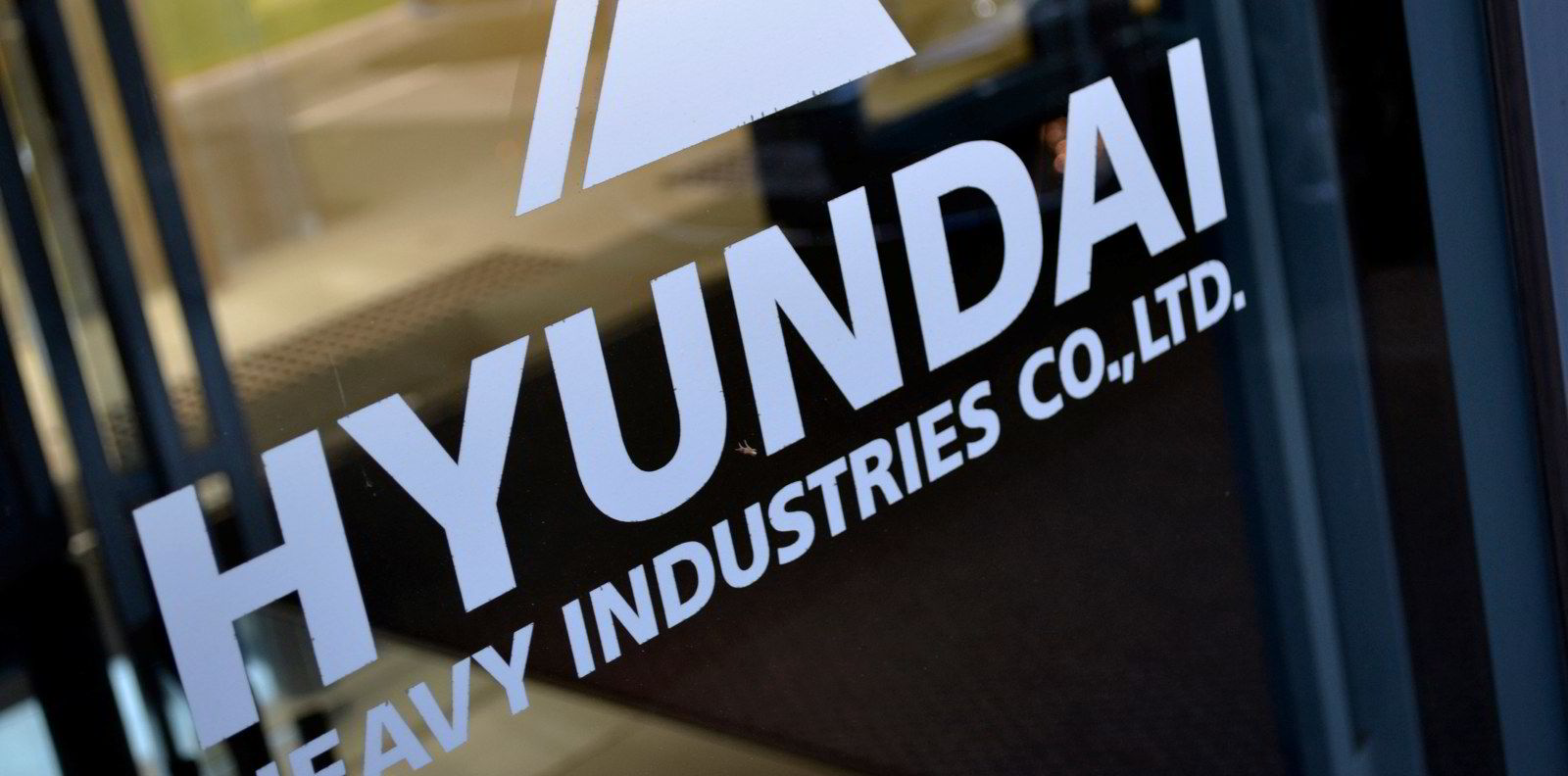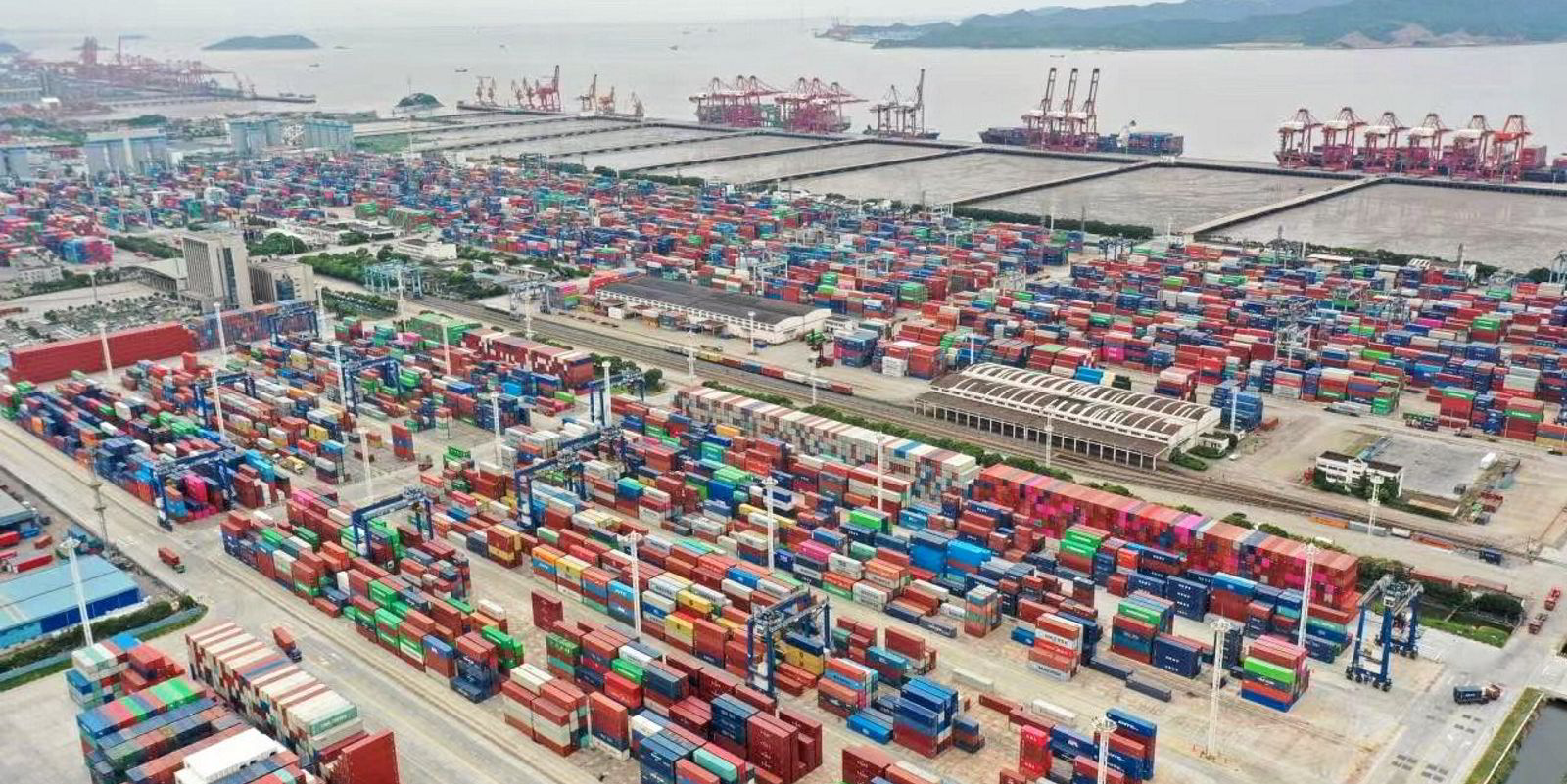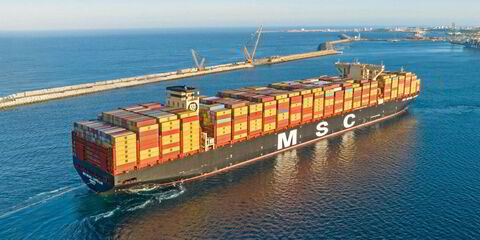The world’s biggest container ship, the 24,000-teu Ever Alot is now on the water. CMA CGM has handed out "exceptional" bonuses to staff after reporting a tenfold increase in quarterly profits.
Freight rates have dipped slightly but are tipped to rise again on the booming transpacific liner trade as competition regulators circle.
It’s all just another week of eye-catching media headlines in the dizzying world of liner shipping where the oceans are awash with money.
So, while handing out bonuses to staff is good to see and shareholders must be rewarded too, this seems a golden opportunity for the sector to go green.
Decarbonisation has got to happen and there are still plenty of questions as to exactly how. But one of the biggest impediments — and often excuses — in the past was: "who's going to pay for all this?"
Now we know the liner industry can afford to trial low carbon engines — it may even help keep the competition authorities off their backs.
And let’s be honest. The financial gains are not due to the genius of the liner executives themselves but largely due to a whole set of unexpected circumstances starting with the Covid pandemic itself.
What better way to put some genuine meaning into that politicians platitude about "building back better" than for liners to set the trend building back green. It is possibly a one-off opportunity and it's a chance for the lucky liner companies to show shipping in a better light.
There are also imperatives specific to this sector: the liner arm of the maritime industry is under more intense pressure from its consumer-facing shippers than any other sector to show climate awareness.
A group of countries from the Getting to Zero Coalition formed at the COP26 climate talks in Glasgow are pushing forward plans for "green shipping corridors".
Of course, you can argue that the liner companies are already showing the way. Just this week, AP Moller-Maersk formally confirmed it was exercising options with Hyundai Heavy Industries for four more 16,000-teu dual-fuel vessels capable of running on methanol.
This gives Maersk the potential capacity to run a 12-ship fleet generating total CO2 emissions savings of 1.5m tonnes. The total cost of this investment is about $2bn and represents 4.5% of the entire fleet. It will, boasts the Copenhagen-based group, "offer Maersk customers truly carbon-neutral transportation at scale on the high seas".
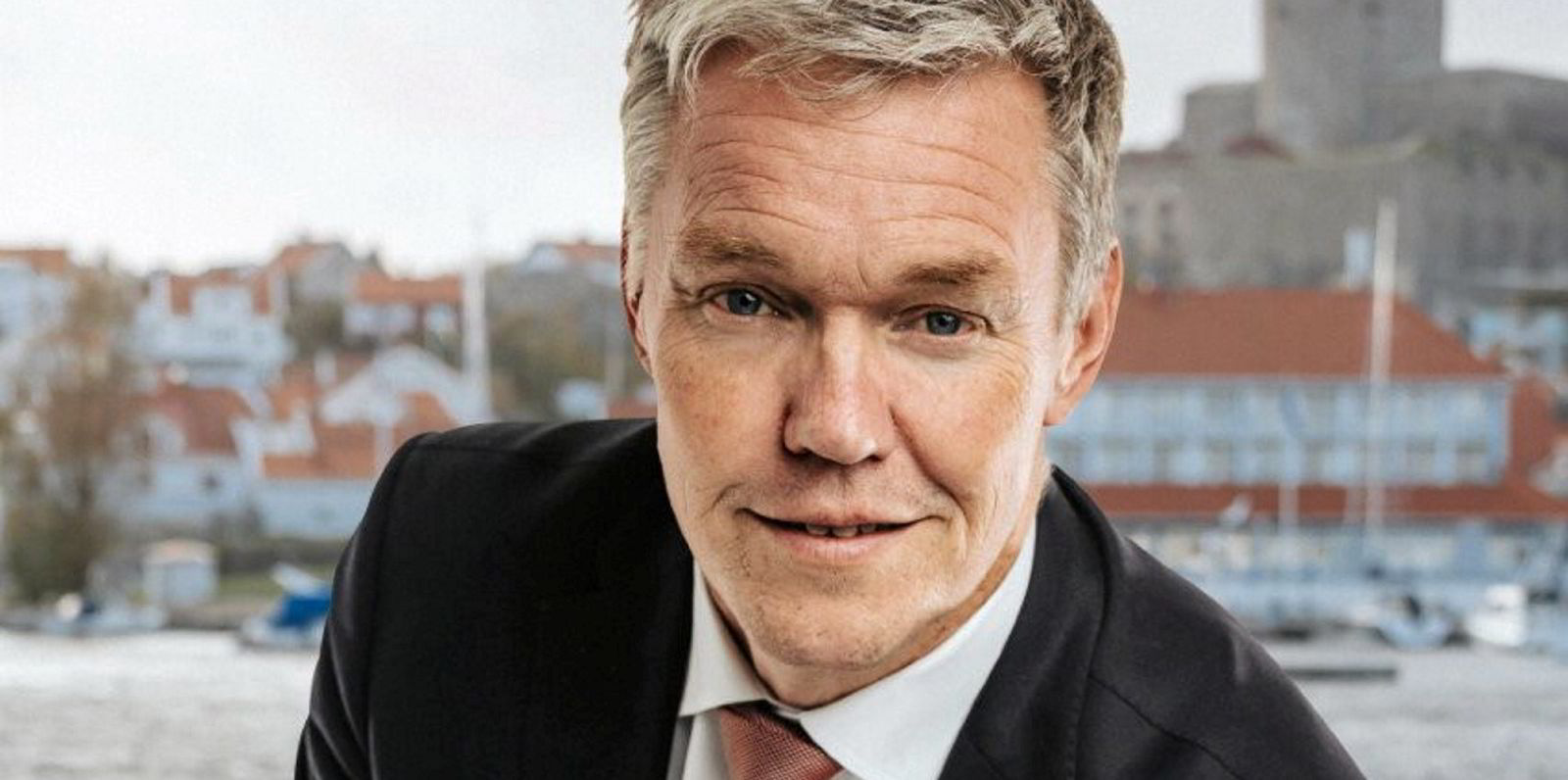
It is not just liner companies. Stena Bulk, which retrofitted a ferry to a methanol engine back in 2015, is among those putting more money into research and development of new fuels.
The Stena Pro Patria, the first of its three 49,900-tonne tankers capable of running on methanol, will come down the slipway in China this year.
As chief executive Erik Hanell puts it: investing in new fuels is not just a nice gesture, it's "commercially sensible". Stena is working with the Proman group in Switzerland — a specialist in methanol.
The Scorpio Tankers and MSea joint venture Clean Sea Transport has recently bought dual-fuel methanol tankers and has ambitions to operate decarbonised bulkers.
Stena has admitted that the jury is still out as to whether its 1,300-passenger ferry Stena Germanica retrofitted six years ago — and half-funded by the European Union — is a trailblazer or an also-ran, given the lack of a concrete regulatory framework for decarbonisation.
And the same goes for those piling into LNG gas-fuelled vessels. Last week, Mediterranean Shipping Co became the latest to reveal it had contracted six LNG-fuelled container vessels of 15,000 teu from Hyundai’s parent Korea Shipbuilding & Offshore Engineering.
Evangelos Marinakis has opened the new year also with a near $100m order for three LNG-ready boxships in South Korea.
And still a variety of shipping companies proceed with experiments using everything from hydrogen, ammonia, biofuels and sail-assisted ships.
There are still obviously a blizzard of questions about whether LNG really has a role as a cleaner fuel, about cost-competitiveness between the different technologies, about "black" versus "green" methanol plus the landside availability of many of these fuels.
But the real need is for an unambiguous regulatory framework.
The International Maritime Organization must end its prevarication and give clear guidance to future proof the shipping industry.
In the meantime, the liner giants are best placed to show the way, using more of their windfall cash for carbon solutions.
